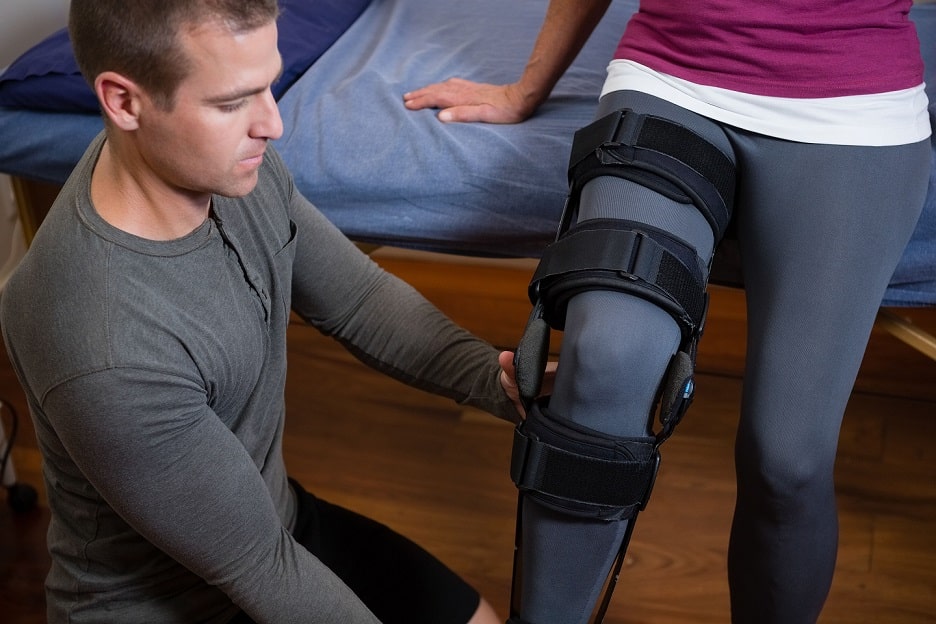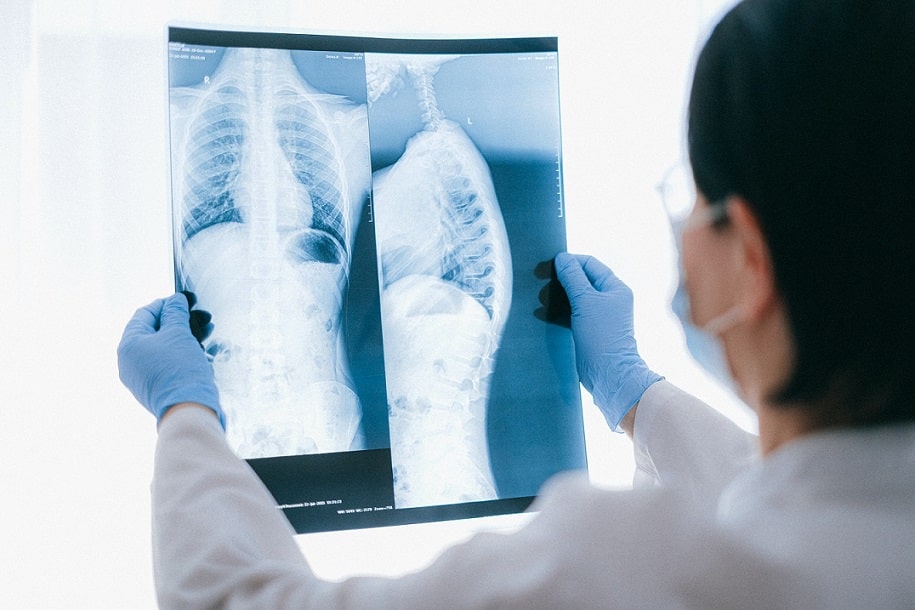 Manual handling tasks can be delegated to you whatever role you may be in. If you work in an office, you may be asked to move a box of heavy files, or if you work in a library you may be asked to carry a box of books. Manual handling tasks need not simply be heavy lifting, but could also include the pushing and pulling of machinery. Whatever manual handling task you do, there are duties on your employer, and these will be the subject of the following blog.
Manual handling tasks can be delegated to you whatever role you may be in. If you work in an office, you may be asked to move a box of heavy files, or if you work in a library you may be asked to carry a box of books. Manual handling tasks need not simply be heavy lifting, but could also include the pushing and pulling of machinery. Whatever manual handling task you do, there are duties on your employer, and these will be the subject of the following blog.
Manual handling in the workplace is regulated through the use of the Manual Handling Operations Regulations Act 1992 (amended in 2002). This sets out the duties of employers when their employees are carrying out manual handling tasks.
The legislation need not be the topic of this entire blog, but there is a hierarchy of control measures which can be taken from it:
- To avoid hazardous manual handling tasks where reasonably possible. Employers should be asking themselves if the task be changed to avoid moving the load, or whether the load can be moved mechanically.
- If a hazardous manual handling operation cannot be avoided, an adequate and thorough risk assessment should be made prior to the task in order to carry it out in the safest possible way.
- Employers should reduce the risk of injury from manual handling operations so far as is reasonably practicable. To do this, where possible, employers should provide mechanical assistance – an example of which being a hoist, or a sack trolley. If providing this mechanical assistance is not practicable, employers should look at changing the task, load, and / or working environment.
If you have suffered an injury through a manual handling task at work, and you feel that your employer could have done something to prevent it, you may have a claim for personal injury. If this is the situation that you are in, there are a few actions which you can take:
- Report it to your employer – this can be important as your injury may need to be entered into an accident book.
- Seek medical assistance – not only can the medic assist you with your injuries, but they can also place a note in your medical records.
- Check for witnesses – witnesses can provide valuable evidence to a claim, so obtaining their contact details can be useful.
- Seek the advice of a personal injury lawyer – this should be done as soon as possible whilst the events are fresh in your mind.
If you require have any further questions regarding the above then feel free to give us a call.

 Manual handling tasks can be delegated to you whatever role you may be in. If you work in an office, you may be asked to move a box of heavy files, or if you work in a library you may be asked to carry a box of books. Manual handling tasks need not simply be heavy lifting, but could also include the pushing and pulling of machinery. Whatever manual handling task you do, there are duties on your employer, and these will be the subject of the following blog.
Manual handling tasks can be delegated to you whatever role you may be in. If you work in an office, you may be asked to move a box of heavy files, or if you work in a library you may be asked to carry a box of books. Manual handling tasks need not simply be heavy lifting, but could also include the pushing and pulling of machinery. Whatever manual handling task you do, there are duties on your employer, and these will be the subject of the following blog.









